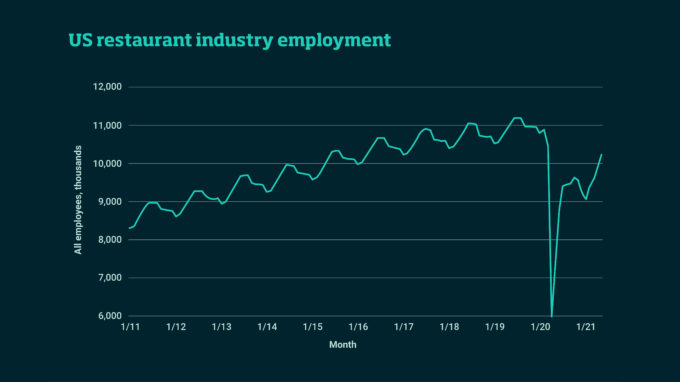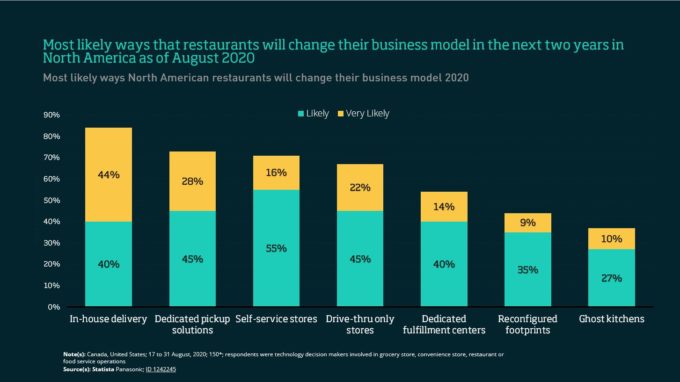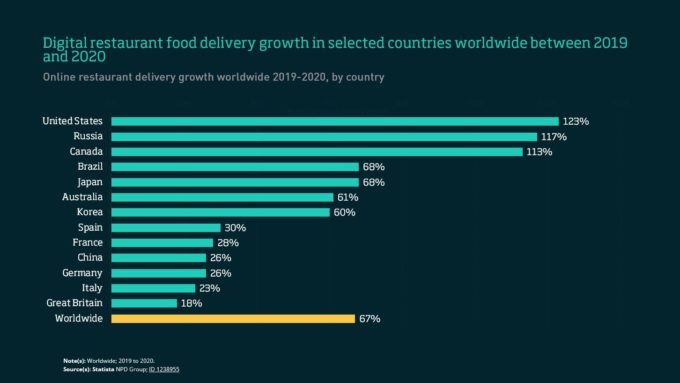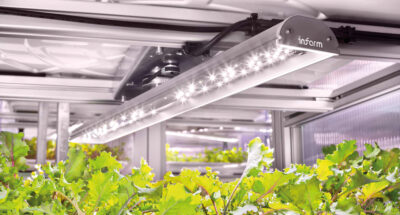But a QR code and a generic kitchen open up intriguing possibilities. Why not shift the menu every night to a different pop-up? It could be Italian on Tuesday, Sichuan on Wednesday, Mexican on Thursday, kim-chi burritos on Friday, Thai on Saturday. Why not turn the physical space into an immobile, cuisine-agnostic food truck, advertising its menu on social media, just as actual food trucks do? In this scenario, a “menu” is just a palette of food-production algorithms that happens to light on different facilities (a commissary kitchen for delivery; a QR restaurant for dining in).
According to the CORE economics textbook, a firm is an “economic organization in which private owners of capital goods hire and direct labor to produce goods and services for sale on markets to make a profit”. By this definition, is a delivery-only restaurant a firm? The menu designers own the intellectual property (the brand and the food prep algo); the commissary kitchen owns the capital equipment; labor comes from nominally self-employed contractors (Does a recipe count as directing labor?). Much the same applies to QR facilities.
This same conundrum will apply more broadly as software eats ever more of the world. Manufacturing is headed in the direction pioneered by electronics: universal fabrication facilities capable of implementing local “recipes” sourced globally. We are already seeing a glimpse of this future on Amazon, where dozens of cryptic brands have adopted the following business model: find a product category where name-brands are still able to charge a premium, design a plausible knockoff (using free-lance designers available online), contract with a manufacturer to produce it, and use Fulfillment by Amazon to get it into the hands of consumers. The nominal industry of the product – web cams, air purifiers, cosmetics – matters little, and the “firm” can consist of a couple of people in a dorm room with a web connection, good skills at search engine optimization, and access to credit. It is as if the NBA were being replaced by pickup basketball games across the landscape.
Software is indeed eating the world — and for dessert, it is eating the basic categories we use to understand the economy, like employees, firms, industries, and nationalities. Hang on for what comes next.

Audio available

 Audio available
Audio available





